032216_YKMV_A12.pdf




March 22, 2016 • Page 12
shop online at www.missourivalleyshopper.com
Importance of Depreciation
BROOKINGS, S.D. - Depreciation is an important
part of keeping records in
agriculture.
“Careful consideration of
how to report tax depreciation helps producers comply
with IRS regulations and can
result in a reduction of income taxes paid,” said Shannon Sand, SDSU Extension
Livestock Business Management Field Specialist.
Sand explained that most
farmers and ranchers are
familiar with the concept
of depreciation, which is a
reduction in the value of an
asset over time, due to wear
and tear. Depreciation is also
a way to make an income
tax deduction to recover the
cost of qualifying assets.
“However, depreciating
an asset for tax purposes
is different than calculating
depreciation for financial
statements and management
decisions,” she said.
Economic Depreciation
Economic depreciation is the reduction in the
economic value of the asset
for a given period because
of use, wear, tear or age.
“Depending on the asset,
depreciation results from a
combination of some or all
of these issues,” Sand said.
In order for an asset to be
depreciable, it must:
1. Be owned;
2. Have a useful life
greater than one year;
3. Have a limited and
determinable life; and
4. Have an industrious
use in the business.
Economic depreciation
is based on the matching
principle of accounting
which means that the cost
of the property expensed in
a period should match the
reduction in the property’s
value occurring in the same
period.
Depreciation calculations
utilize the asset’s original
cost (i.e., basis), and require
business managers to
estimate salvage value and
useful life.
The cost of an asset
is generally its purchase
price. For assets without a
purchase price (e.g. raised
breeding livestock), fair
market value is used as the
asset’s beginning basis.
There exist several common methods for calculating
economic depreciation. The
method used for depreciating an asset will depend on
the asset to be depreciated.
Economic depreciation appears on an accrual income
statement as an expense
and is used to calculate an
asset’s depreciated value or
book value for the cost-basis
balance sheet.
Tax Depreciation
Tax depreciation is the
depreciation which can be
listed as an expense on a
tax return for a given period
under valid IRS rules. Tax
depreciation sanctions
reclamation of the cost of an
asset while it is being used
to create revenue.
The IRS often permits
businesses, including farms
and ranches, to hasten tax
depreciation expense by
taking more depreciation in
the first few years of a property’s life, and less depreciation later on. “Accelerated
depreciation can result in
significant tax savings in
the early years of an asset’s
life compared with nonaccelerated depreciation,”
Sand said. “It is important
to be aware, however that
the value will be much lower
later on in the taxable useful
life of the asset.”
MACRS Depreciation
The Modified Accelerated Cost Recovery System
(MACRS) is used to depreciate or recover the basis of
most property placed in
service after 1986, for tax
purposes.
The MACRS consists of
two depreciation systems,
the General Depreciation
System (GDS) and the Alternative Depreciation System
(ADS).
The systems use different
methods and recovery periods for calculating depreciation in general. Farmer’s and
rancher’s use GDS unless required by law to use ADS, or
they elect to use ADS. Normally, ADS results in slower
depreciation than GDS which
is one reason why it is not
frequently used.
However, producers desiring to delay some depreciation to later years should
consider ADS. “To compute
depreciation under MACRS,
producers must determine
the depreciation system,
property class, placed in
service date, basis value,
recovery period, convention
that applies, and depreciation method that applies,”
Sand said.
Producers can calculate
depreciation themselves, or
they can use a depreciation
table provided by the IRS in
Appendix A of the How to
Depreciate Property publication.
Property Classes under
GDS
GDS clusters assets into
nine property classes: 3-year
property, 5-year property,
7-year property, 10-year
property, 15-year property,
20-year property, 25-year
property, residential rental
property, and nonresidential
real property.
These property classes
govern recovery periods.
The recovery period is
the number of years over
which the asset’s cost or
other basis is recovered. The
recovery periods of property
are generally longer under
ADS then under GDS.
Depreciation Methods for
Farm and Ranch Property
MARCS provides three
depreciation methods under
GDS and one method under
ADS.
* The 200% declining
balance method over a GDS
recovery period.
* The 150% declining
balance method over a GDS
recovery period.
* The straight line
method over a GDS recovery
period.
* The straight line
method over an ADS recovery period.
The straight line method
has a constant depreciation
value for each year; with the
exception of the first and
last year, but this is dependent upon the convention
applied.
The straight line method
generally results in slower
depreciation than does
declining balance. Slower depreciation may be preferred
by a producer who anticipates higher taxable income
and a higher marginal tax
rate in future years, compared to the near term.
Convention
Property is generally
qualified for depreciation
when first placed in to
service. Depreciation ends
when the cost or basis of
the asset is fully recovered,
or the property is removed
from use, whichever comes
first.
However, under MARCS,
convention governs when
an asset’s recovery period
commences and ends. The
convention used regulates
the number of months
for which depreciation is
claimed during the year the
property is first placed into
use and the year the property is removed from use.
Most property will include a half year of depreciation for the year of purchase,
regardless of the purchase
date (called the half-year
convention).
It applies unless more
than 40 percent of the depreciable assets purchased in a
year were purchased in the
last 3 months of the tax year.
In that case, the midquarter convention rule
applies. The mid-quarter
convention provides for 1.5
months of depreciation for
the quarter the property
was placed into service or
removed from use. MARCS
also includes a convention
called mid-month but it
seldom applies to farm or
ranch property.
Electing 179 Depreciation
Section 179 of the IRS tax
code exists as an alternative to depreciating capital
purchases over time.
“This allows businesses
to deduct from taxable
income all or part of the
purchase price of new and
used capital equipment and
software in the year the
items were acquired,” Sand
explained.
The value of items
eligible for the deduction is
subject to dollar limits and
items must have been placed
into service in the tax year
the deduction is being taken.
The total amount a
person can elect to deduct
under section 179 is subject
to a dollar limit and business
income limit. These limits
apply to each tax payer, and
not to each business.
Exceeding this purchase
limit reduces the Section
179 deduction allowed on a
dollar-for-dollar basis. Section 179 has a reduced dollar
limit for costs exceeding
$200,000.
This means that if the
cost of the asset placed
into service in 2015 exceeds $200,000, the producer must reduce the dollar
limit (but not below zero)
by the amount of cost over
$200,000. To show how this
method of depreciation affects tax deduction amounts,
Table 1 shows the annual
reduction in taxable income
using four depreciation
methods applied to a tractor
with a purchase price of
$100,000.
Table 1 shows deduction
amounts using GDS declining
balance 150%, GDS straight
line, ADS straight line, and
Section 179. The examples
in Table 1 were calculated
using the half-year convention. “Note that depreciation
with 150 percent declining
balance switches to straight
line when straight line results in a higher percentage
amount,” Sand said. “Also
note that ADS straight line
uses a longer recovery period than GDS straight line.”
Table 1 shows 150
percent declining balance
method results in more
depreciation in early years
than straight line over a
GDS recovery period. Also,
straight line over the longer
recovery period of ADS
results in less depreciation
each year than straight line
over a GDS recovery period.
Section 179 allows the full
purchase price of the tractor
to be deducted from taxable
income in the first year of
service.
Table 1. Annual Depreciation Amounts by Depreciation Method, $100,000
Tractor
Year
GDS Declining
Balance 150%
GDS
Straight Line
ADS
Straight Line
Section 179
1
$10,714.29
$7,143
$5,000
$100,000
2
$19,132.65
$14,286
$10,000
$14,286
$10,000
4
$12,248.95
$14,286
$10,000
5
$12,248.95
$14,286
$10,000
6
$12,248.95
$14,286
$10,000
7
$12,248.95
$14,286
$10,000
8
$6,124.47
$7,143
$10,000
9
$10,000
10
$10,000
11
$5,000
“Farmers and ranchers
should consider the effects
of depreciation on taxable income over time when choosing a depreciation method
for tax purposes,” Sand said.
Depreciation and Section 179 expense is elected
by completing Form 4562.
Instructions for completing
Form 4562 are on the IRS
website.
To read more information on this topic, including
detailed examples, visit the
iGrow Profit Tips Community. For questions concerning tax depreciation unique
to your situation, consult
your personal tax preparer
or attorney.
- See more at: http://
igrow.org/news/importanceof-depreciation/#sthash.
aGZdUzAW.dpuf
niGrow
3
$15,032.80
Does Calving Season Equal Culling Season?
BROOKINGS, S.D. - Calving season is one of the most
exciting, frustrating and
tiring seasons of the year for
many cattlemen, explained
Heather Gessner, SDSU Extension Livestock Business
Management Field Specialist.
“This is a time when the
only thing that compares
to watching a newborn calf
struggle to its feet is the
sound of it nursing its dam
for the first time,” Gessner
said.
However, when best laid
plans do not work out as
expected, and a dry cow
results, Gessner said cattle
producers need to have a
management plan in place
to maintain an efficient and
economically viable cow
herd.
“Management of cows
that lose their calf at or during the calving season, must
be considered in order to
save high quality feedstuffs
for lactating cows,” Gessner
said. “The cows that lost
a calf should be managed
to minimize unnecessary
weight gain (if the cow is
already in a body condition
5 or higher) and reduce
competition for feed within
the herd.”
Gessner added that selling dry cows may provide
a revenue source during a
time of the year when feeder
cattle or open cows are not
traditionally sold and allow
for utilizing feed resources
for the productive animals.
Consider feed costs
Cull cow prices were not
immune to the drop in cattle
prices at the end of 2015.
Fourth quarter 2014 prices
were nearly $100 per hundredweight higher than the
same quarter 2015, $173.59
compared to $77.80.
The Economic Research
Service (ERS) is forecasting
average prices of $84-92 per
hundredweight and $84-96
per hundredweight for the
second and third quarters
of 2016, and $87-99 per hundredweight for the fourth
quarter 2016.
While the price range
for March through September are similar, feed costs
for those months must be
considered when determining when to sell the dry cow,
if she will be sold prior to
preg-check culling time.
How long to feed dry
cows? Considerations
regarding if and how long
to feed the dry cow should
include:
Body condition score
- Dry cows in “good condition” generally bring a higher
price per pound than thin
cows. Good condition would
be a body condition score of
5 or higher.
Thinner cows may benefit
from time on feed to gain additional weight prior to culling. Develop a feed budget to
compare feed expenses with
anticipated returns when the
dry cow is placed on feed.
Medication withdrawal
times - Beef Quality Assurance (BQA) practices and
good husbandry require
that all withdrawal times are
adhered to. This is an important responsibility cattlemen
must embrace. Read and follow the label instructions on
all medications: injectable,
pour-on or fed.
Genetics - Depending on
the age of the dry cow, genetics may be an important
factor. Younger heifers and
cows should provide genetic
improvements to your herd
through sire selection and
normal herd culling.
If the dry cow is old,
culling her to invest in a
genetically superior female
should add productivity to
your calf crop without extra
feed requirements.
Space and time - During
calving season, time is often
limited. Management of
the dry cow will add space
requirements as well as additional time required to feed
these animals.
If additional space and
time are not available, it may
be more effective to focus
on the cow herd that will be
providing an income in 2016.
Dry cows held over will not
provide a “calf check” until
late 2017 given a traditional
spring calving season.
It is critical to budget
how much it will cost to
run a dry cow for this time
period and then determine
how many additional calves
it will take for her to pay for
not raising a calf during one
year.
Evaluate the reason for
the calf loss. If she is a young
cow that wouldn’t claim
her calf or ended up killing
the calf, she may need to
be culled when she is in the
best body condition because
this may be something that
she will continue to do as
she calves in the future.
However, if the death loss
was due to environmental
factors, such as a storm or
mud and the female has the
most valuable genetics for
your herd, it may be of value
to graft a calf from an older,
less desirable cow onto her.
This will give her the opportunity to raise a calf and stay
in the herd, while culling the
older cow.
Beef cattle budget worksheets
“Given the current cattle
price situation, carrying
a cow until 2017 without
producing a weaned calf
may not be an effective use
of feed or labor resources,”
Gessner said.
Beef cattle budget worksheets can be found at the
SDSU Economics Extension
and Outreach page.
“These budgets are in an
Excel format and allow individual operations to input
their own feed costs and
other expenses to determine
enterprise costs for different classes of beef cattle,
including the Beef Cow and
Replacement Heifer,” she
said. niGrow
BULL SALES ARE COMING UP
Be sure to get your advertising in!
Contact a marketing representative at the
MV Shopper
MV Shopper
M I S S O U R I VA L L E Y
319 Walnut Street • Yankton, SD 57078
605-665-5884 • 800-743-2968
M I S S O U R I VA L L E Y
Fax: 605-665-0288
www.missourivalleyshopper.com

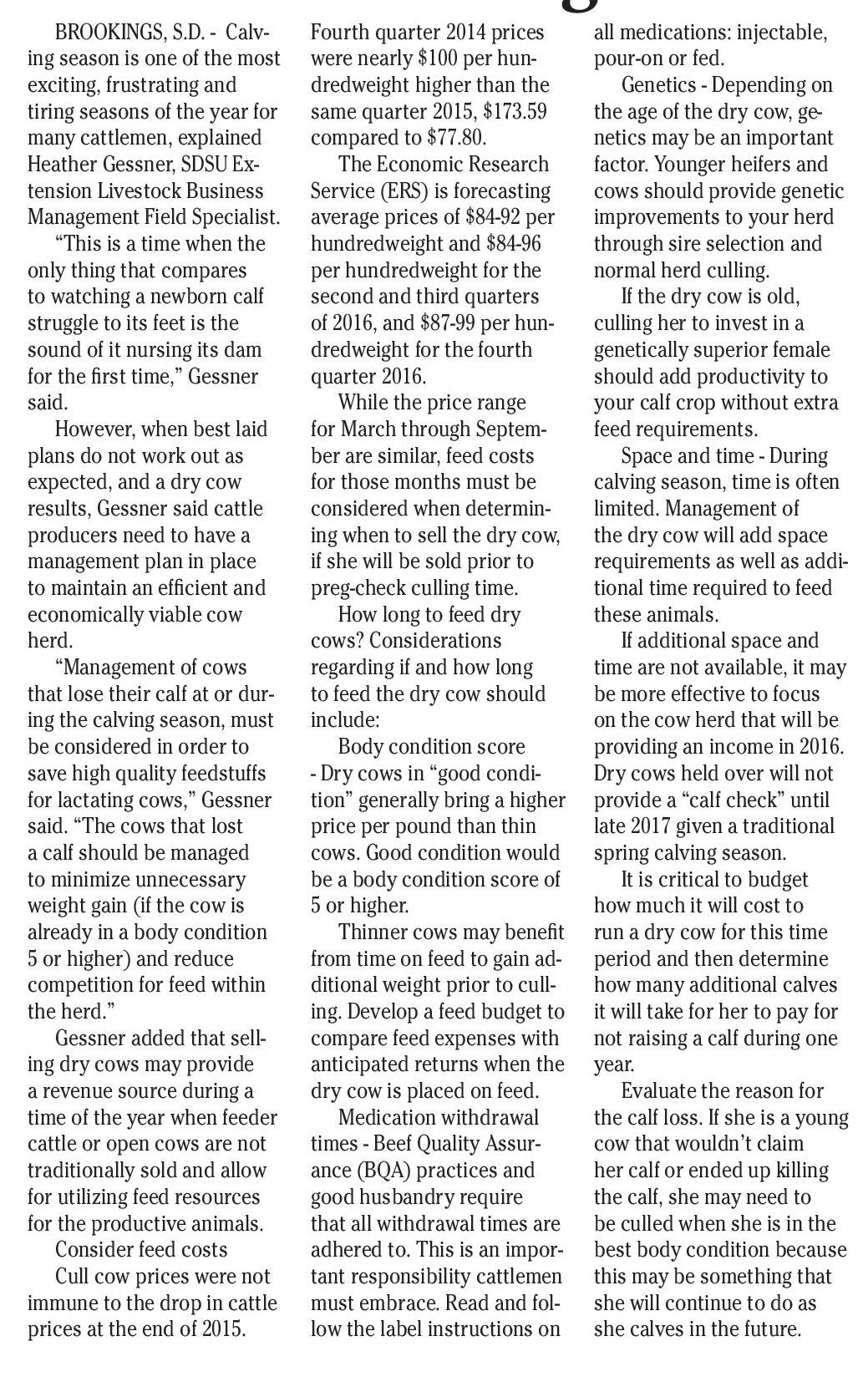




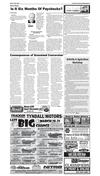
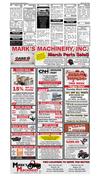

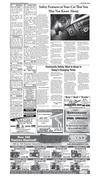


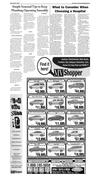

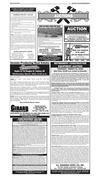
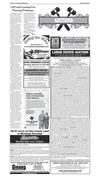





 Previous Page
Previous Page





